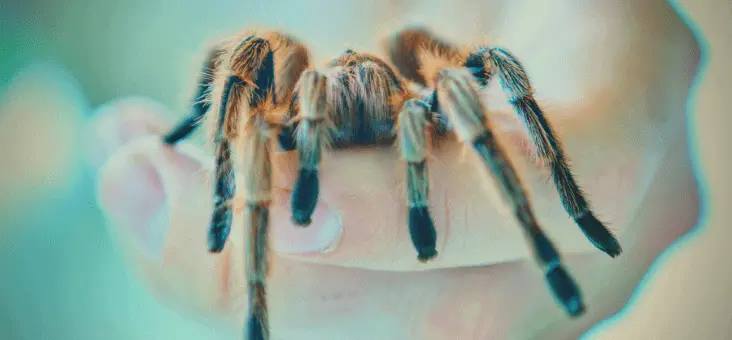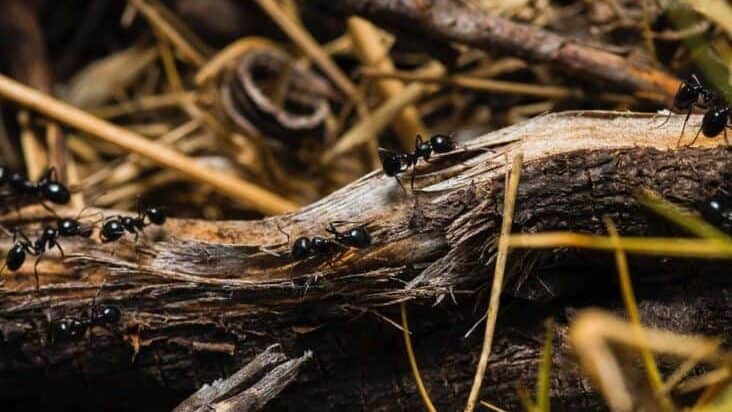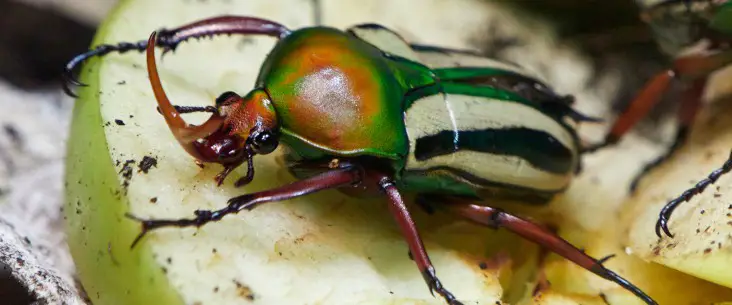They can make people squirm. But for many, pet bugs are the best pet they could ask for. A pet bug is quiet, don’t smell, doesn’t eat much and requires minimal space. Just think about it!
In the United States, Europe and Japan, many people keep and breed bugs. The interest in keeping bugs is increasing, and bugs find their way as a household pet more and more.
Why would you keep bugs as pets?
I find that question pretty easy to answer: They are beautiful in colours, they have fascinating shapes, they have intriguing behaviours and they have interesting life cycles.
Keeping bugs have many advantages compared to dogs, cats and other domesticated pet animals. Here I consider the 10 most prominent advantages:
- Bugs have humble space requirements
- Bugs are easy to maintain and have modest food requirements
- Bugs are even easier to clean (maybe their biggest advantage)
- Bugs are content, do not beg for food and needs less human-animal interaction
- Bugs are interesting to observe for their fascinating behaviour
- Bugs are not difficult to obtain
- Bugs are not expensive to obtain or keep
- Bugs are a universally interesting and good conversation starter
- Bugs (most) are shorter-lived and will make a less long commitment if interest change
- Bugs are easy to keep and breed with the help of this website
Bugs are often easy pets compared to dogs, cats and horses. The care takes less time, they need less space and the costs are often lower. Many people in the world have discovered that keeping bugs is fun and interesting to have as a pet. There is still so much to learn from these fascinating crawlers.
Bugs like stick insects, millipedes and mantises are quite practical pets. You can house them on your desk, in a bookcase or you keep many different species in your bug room. The practical advantage is the humble requirements of housing and space, cleaning and care. All this makes them very suitable as pets for young and old.
Stick insects and mantises have interesting shapes and often beautiful colours. You can observe the bugs unusual behaviours and watch how they grow, moult and hunt. See how they use their camouflage and how their defence mechanism works.
On the other hand, many bugs such as cockroaches, worms and locusts can be used as food for other bugs or your reptiles. Breeding your own insects make a perfect food source. There is a whole section about this topic on how to keep and breed feeder insects.
Know these limitations of bugs
Arthropods are not like dogs or cats, and it’s generally a bad idea to handle them. They’re not social, so they don’t appreciate affection like a puppy. In fact, many arthropods show signs of stress when repeatedly handled or moved.
If you’re keeping these in an apartment, always respect the wishes of your landlords.
A big part of ethical pet keeping involves not keeping potentially invasive species. We will not assist people in obtaining some of these illegal animals, such as phasmids or exotic beetles.


Did you know that …? Fun facts about bugs
- There are about 1.2 million different species of bugs found and described in the world.
- There are almost more species of ants (around 8,500) as there are species of birds (around 9000) in the world.
- When all insects die, we don’t have almost any fruits or vegetables left to eat.
- In many cultures and countries, eating insect is as normal as eating vegetables.
- Ants can lift more than 50 times their own weight.
- The name “millipede” derives from Latin and means “thousand feet”. However, no known millipede species have 1000 feet.
- The world record of the species with most legs is called Illacme plenipes and have 750 feet.
- There are more kinds of known beetle species than there are known plants.
- Leaf-cutter ants live in colonies of 10 million strong. Each individual is born to do one task and does only that until it dies.
- Houseflies can detect sugars with their feet, which in turn is 10 million times more sensitive than the human tongue.
There are so many interesting facts that I can continue for a long time. Are you interested in more fun and interesting facts? You should check out this article about fun facts about bugs.

Want to know more about keeping bugs?
You can start your journey right here and find out if keeping bugs suits you or your kid. I help you learn about the basic requirements for keeping bugs, how you can choose the bug that makes a perfect match, or how to improve the life of your pet.
